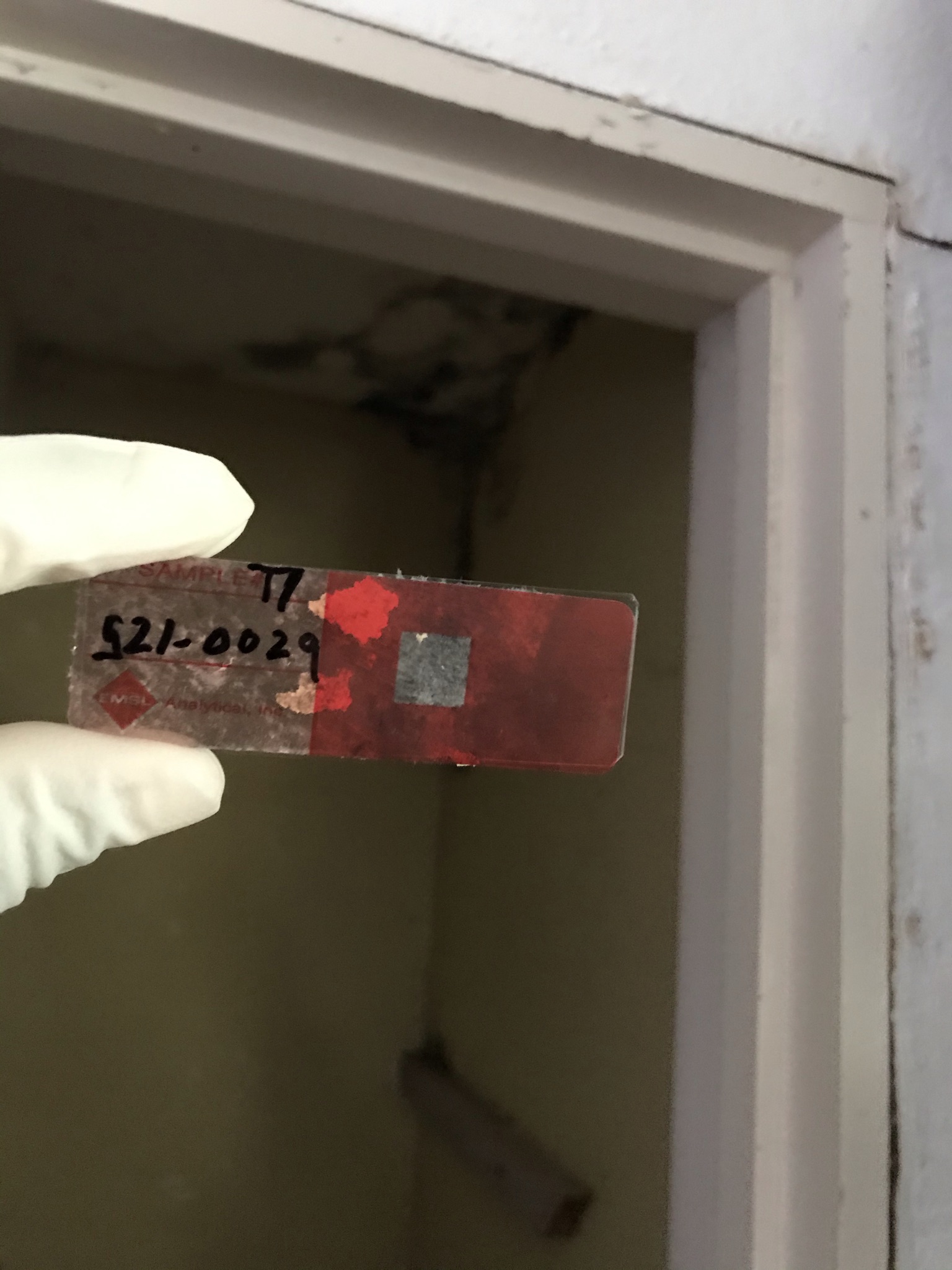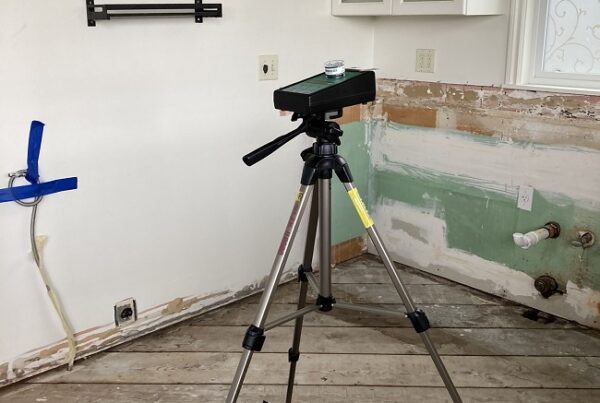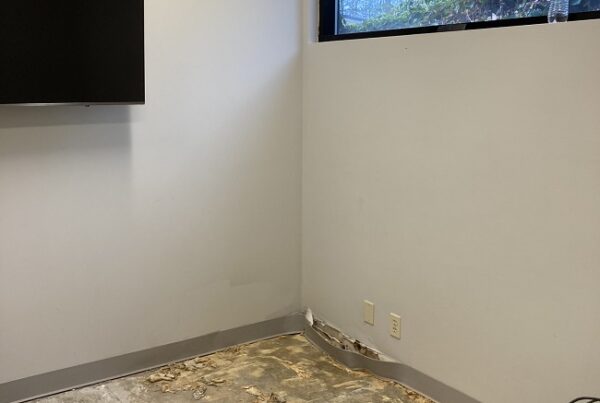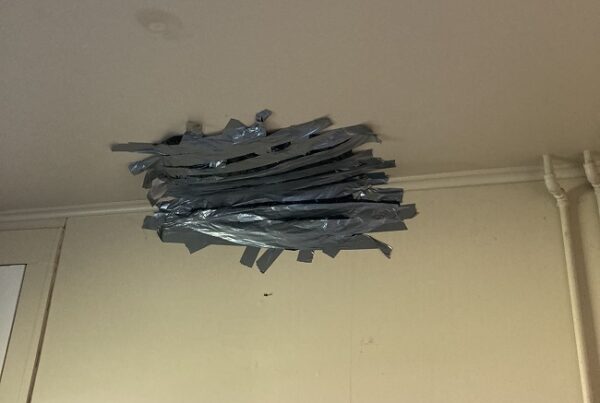
You’re taking a shower one day, and you start to notice some yellow spots on the ceiling, then after a while, these spots start to become grey then black. You clean it off, but it comes back a week or two later. Frustrated and concerned, you suspect that it could be mold, but you are unsure. Now you want to find out if these spots are mold or something else, you want to rule out the mold, but you don’t know how to test for mold. Fortunately for you, I’m going to explain how to test for mold so you can know for sure.
How to test for mold
When it comes to testing for mold, you have several options at your disposal. One option is the Petri Dish. You set the dish in your suspected area, and mold spores settle on the gelatin substance in the container, and if it is mold, it will show up on the gelatin stuff. In the shower ceiling scenario, the Petri Dish method will not be appropriate. You are not taking the sample directly from the affected surface, so don’t use this method to know if what you see in the shower ceiling spots is mold. You can conduct an air test using a vacuum pump with a mold trap on top to capture the mold spores from that environment onto a gel slide inside an air cassette, which will be analyzed by a mold testing lab. This method could help possibly capture the visible mold spores, but it is not guaranteed. It would be best to have a direct sample from the suspected surface—one of the most common biological sampling methods is the tape lift. Using a piece of packing tape, you cut a slice, stick it onto the suspected area and slowly remove the tape, lifting a sample of the supposed material and place it on a plastic sandwich bag. You want to take at least two pieces. Label the samples with numbers ranging from 1 and up, and then write down the sample’s location. Doing so is especially helpful if you are taking samples from many areas. You can also collect an example using a cotton swab, the kind used to clean your ears. Rub a clean swab on the suspected material, place the sample in a sandwich plastic bag and follow the same labeling procedure used for the tape lift samples.
How much does it cost to test for mold?
Instead of doing this yourself, consider hiring a professional. Sure, this will cost you a little more than doing it yourself, but this individual has the training, tools, and experience to do the work efficiently and give you valuable advice, which will pay many times the small fee they charge. It can cost between $250-$500 to hire a pro to perform the sampling. The price breakdown is $150-$ 250 for the service call and $50-$60 per sample. The professional will also give you a complete report and interpret it for you. When considering hiring a pro for mold testing, it is advisable to hire one person for the mold survey and testing and another for remediation services. Separating them will prevent any conflict of interest.
Where can I send a sample for mold testing?
Once you have collected all the samples, you need to send them to a mold testing lab that will test for mold. The mold testing lab will employ the bulk sampling method and use the PCM—Phase Contrast Microscopy—method to analyze the swab or tape lift samples you submit. The mold testing lab will determine what type of mold spores are present, their levels as far a the state or condition of the damage–if the condition is normal or at a level needing remediation.
Mold Testing Lab
If you need assistance with mold testing or have some questions regarding mold at your home or place of business, please contact 5 Microns Inc. We are happy to assist you. Our hours are M-F 9 AM to 5 PM, and Saturday from 9 AM to 3:30 PM. I hope this article was helpful to you.
Send mail-in samples to the following address *at Tabor 100 co-working offices:
5 Microns Inc.
7100 Fort Dent Way #100
Tukwilla, WA 98188
*IMPORTANT-MUST READ FIRST: All mail-in samples must have a tracking number and include our asbestos chain of custody form to be processed. If the chain of custody form is missing, your sample(s) will not be accepted and processed. Drop-offs MUST have the COC form inside your package but not in the sample bag. DO NOT MAIL YOUR SAMPLES BY FIRST CLASS MAIL. Send your sample(s) via USPS Priority Mail, UPS, and FedEx. It is essential to closely follow these directions so our asbestos testing lab can promptly process your sample(s). Download COC form.
Where can I drop off a sample?
*PLEASE NOTE FOR ALL DROP-OFFS: All samples must be dropped off at the back of the office building located at 7100 Fort Dent Way Tukwila WA outside the Tabor 100 Office and placed inside the black drop-box pictured below. Do not take your samples to the front desk. The front desk will not accept drop-offs over the counter, NO EXCEPTIONS!




